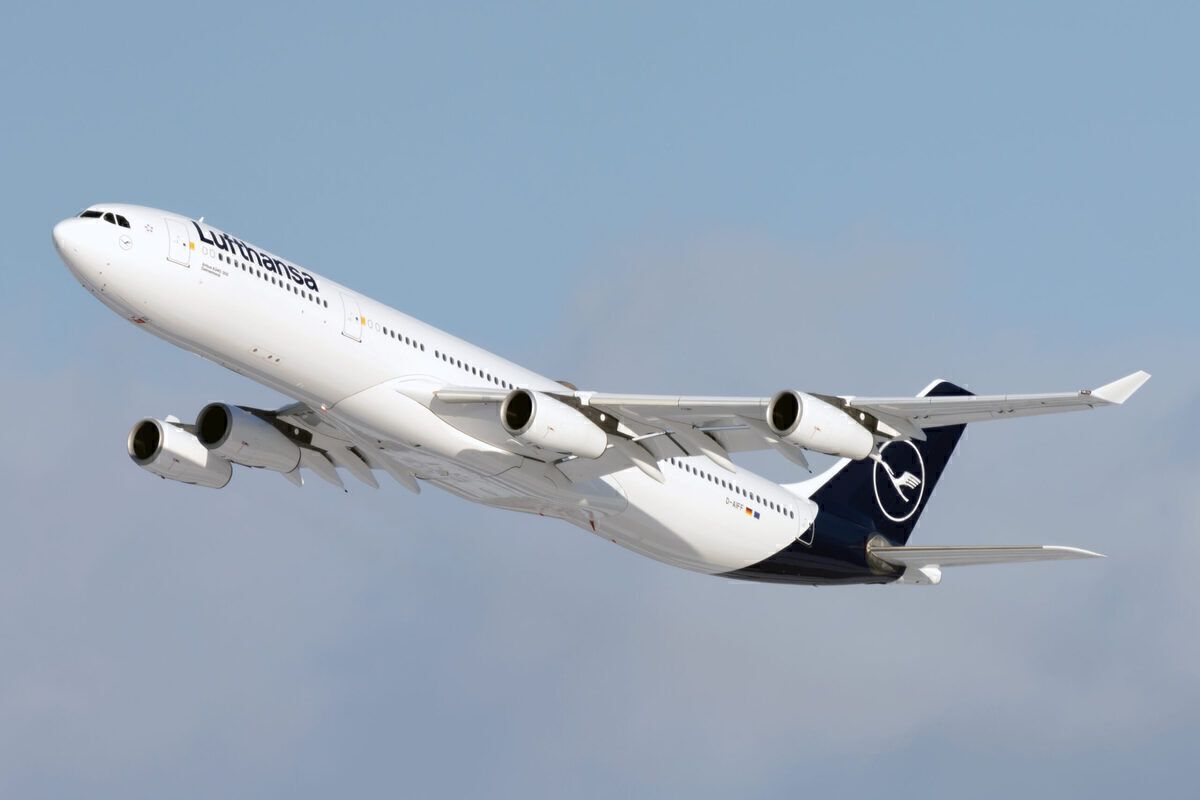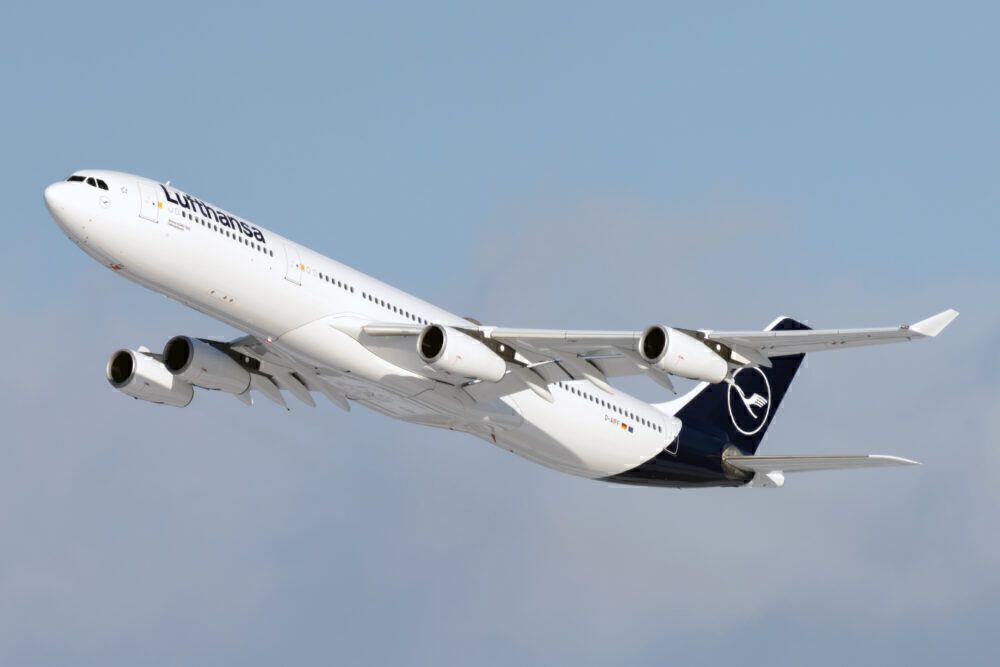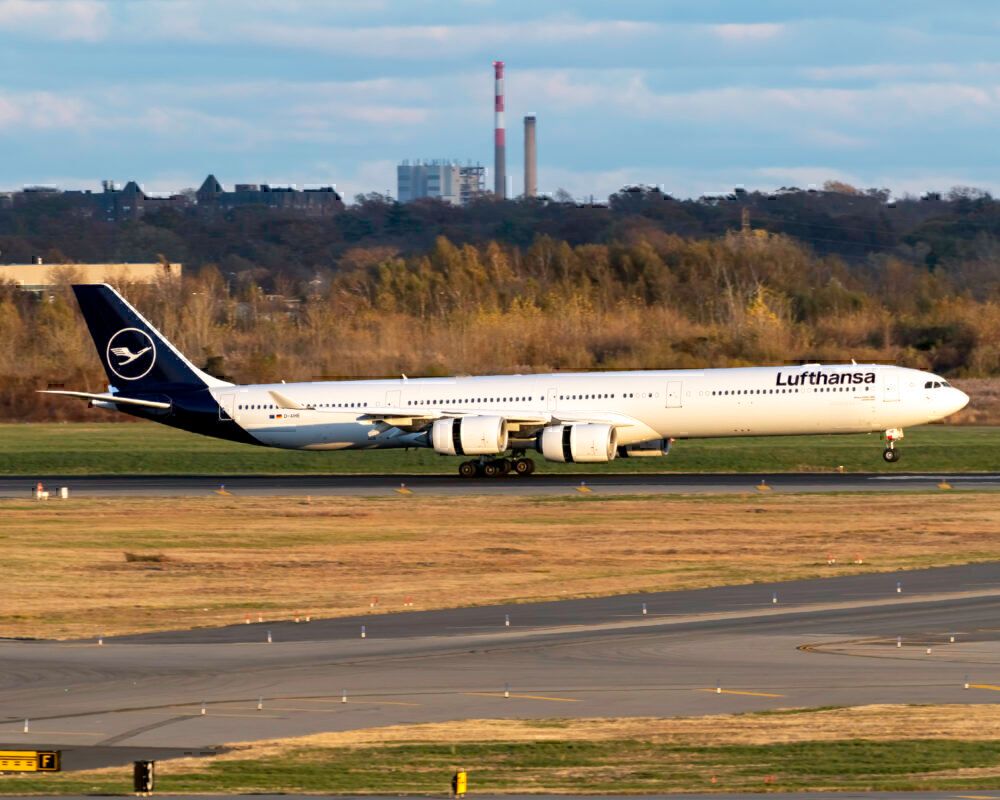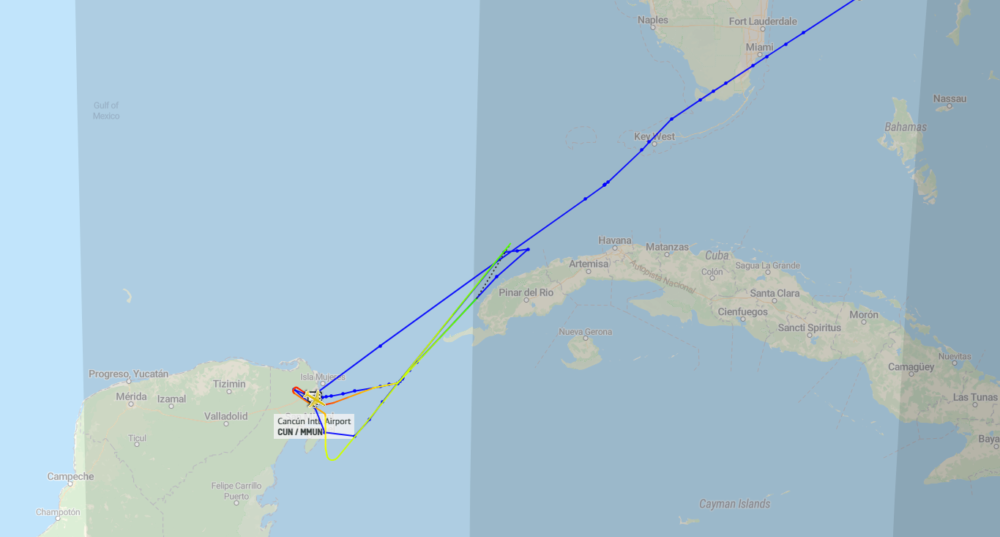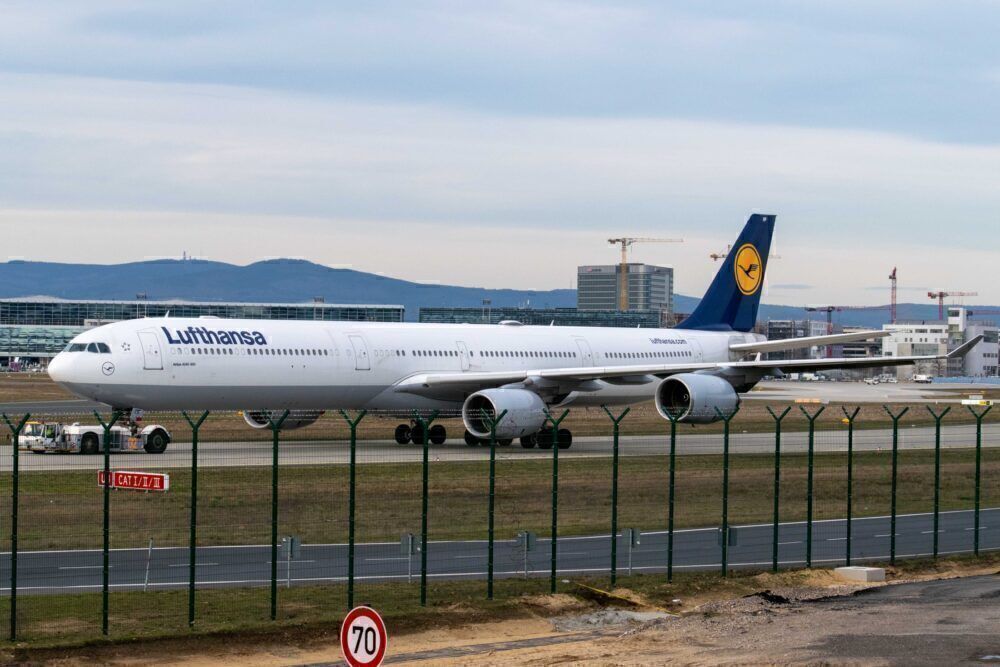Reports have recently emerged of a diversion incident earlier this month involving a Lufthansa Airbus A340. The aircraft had been returning to Frankfurt from Cancún, but it was back on the ground less than two hours after departing the Mexican city. But what forced this return, and what has happened to the aircraft involved since the incident?
The flight in question
Lufthansa flight LH515 is a service from Cancún International (CUN), Mexico to Frankfurt (FRA), Germany. Data from RadarBox.com shows that, this month, it has generally run six times a week. Sunday has typically been its day off, although it appears that, this week, it will also run today.
Today also represents a slight change in the timings of the flight. From now on, it will depart Cancún at 17:15 local time, and touch down in Frankfurt the following morning at 10:50. This gives it a scheduled duration of 10 hours and 35 minutes.
Stay informed: Sign up for our daily and weekly aviation news digests.
However, with the incident in question having taken place nearly two weeks ago, it is important to bear the old schedule in mind. Before today, flight LH515 was scheduled to depart Cancún at 18:40 local time. Its scheduled arrival time in Frankfurt the following morning was nine hours and 55 minutes later, at 10:35 local time.
What happened?
On March 16th, flight LH515 departed Cancún almost half an hour late, at 19:07 local time. However, according to The Aviation Herald, it soon ran into much more significant delays. Having climbed through 31,000 feet, the flight was near the Cuban coastline when it encountered issues with one of the aircraft's CFM56 engines.
The problem did not cause any smoke or fire to emanate from the engine. Nonetheless, the crew took the precaution of shutting it down and returning to Cancún. Lufthansa initially reported that the faulty powerplant was the A340's number four engine.
However, Mexican officials, who have launched an investigation into the incident, later confirmed that the issues in fact arose from the number three engine. Following the shutdown, the flight descended first to 28,000 feet, and then further to 20,000 feet.
The flight eventually landed back in Cancún on runway 12R just under two hours after its initial departure. Lufthansa elected to fly a replacement engine out to the aircraft, rather than to carry out repairs to the faulty powerplant. The affected aircraft eventually returned to Frankfurt after 10 days on the ground on March 26th. According to RadarBox.com, it has not flown since.
The aircraft involved
The aircraft that experienced the aforementioned engine issues earlier this month was an Airbus A340-300 bearing the registration D-AIFD. According to Planespotters.net, the plane is named Gießen, and it first arrived at Lufthansa in March 2001. This makes it 20 years old, which is slightly below average for a Lufthansa A340.
The German flag carrier currently has 17 of Airbus's four-engine widebodies in its fleet. The average age for these aircraft is 21.5 years old, and they are soon to be replaced by Airbus A350-900 and Boeing 787-9 aircraft. Lufthansa has already placed its entire A340-600 fleet into storage, and does not intend for these aircraft to return to service. These stretched-fuselage models were known for having toilets in an unorthodox location below the cabin.
What do you make of this incident? Have you ever flown on one of Lufthansa's Airbus A340 aircraft? Let us know your thoughts and experiences in the comments.

